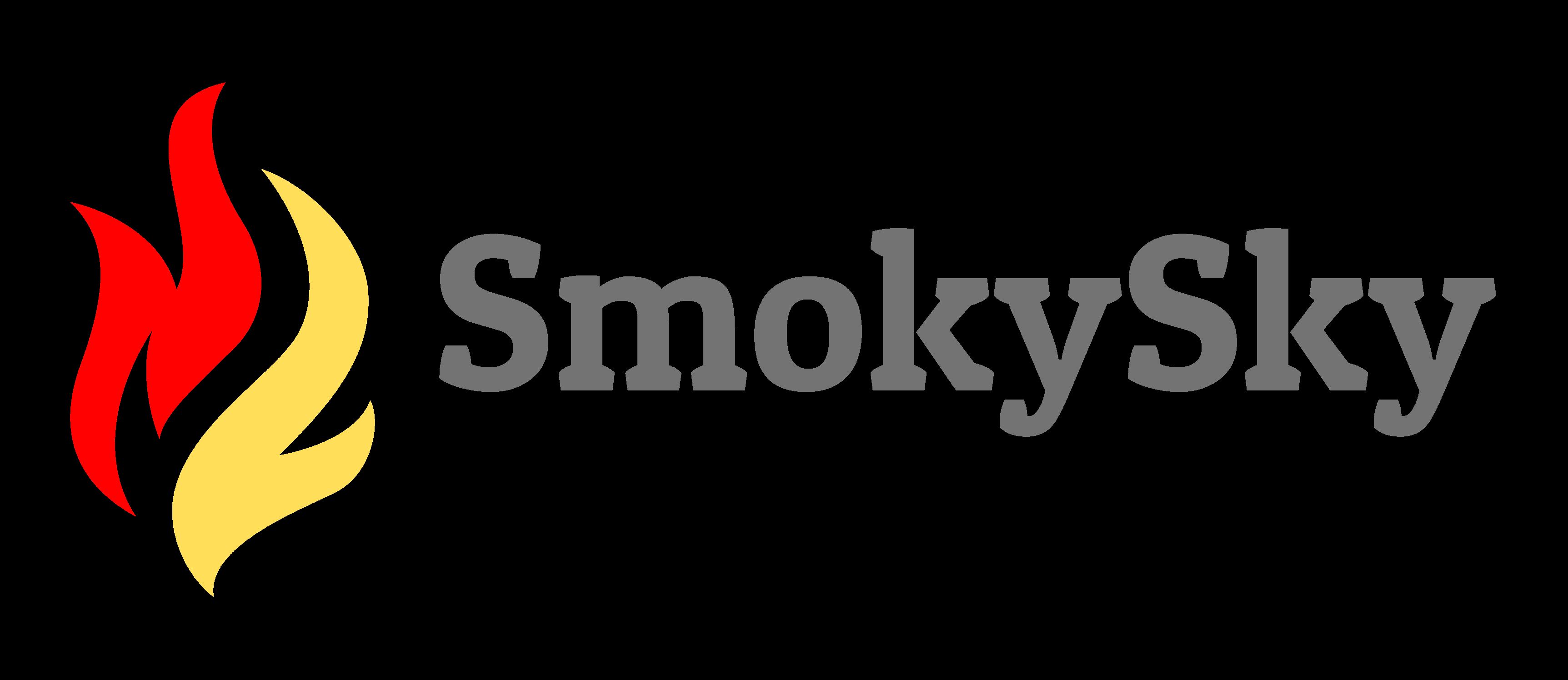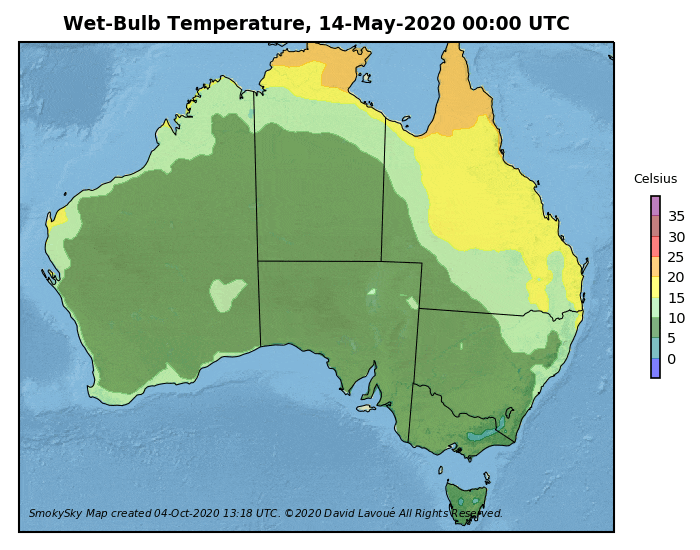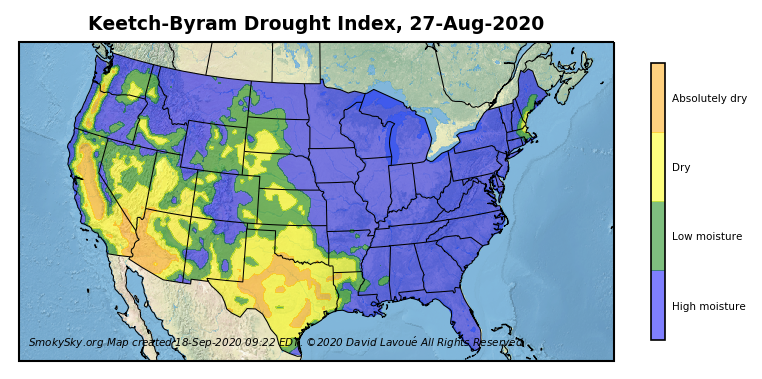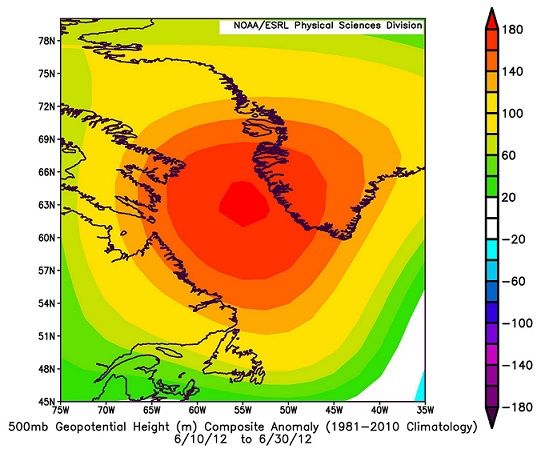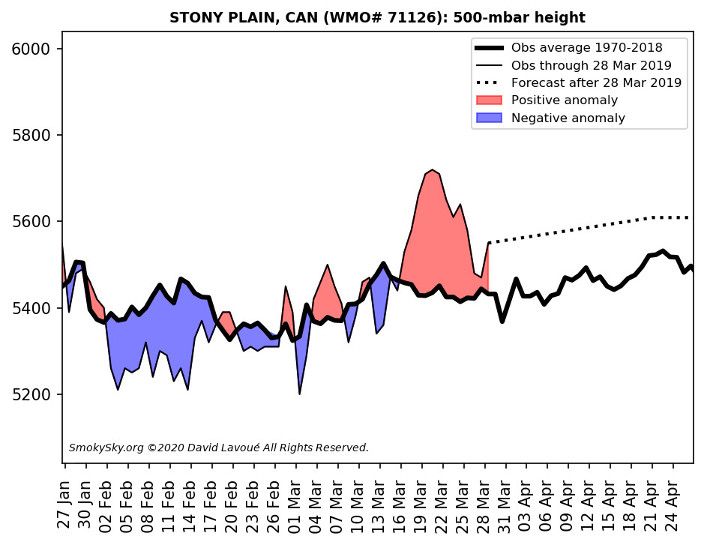Meteorological Conditions
Weather Elements
Fuel, topography and meteorological conditions are the three components of the fire behavior triangle. Temperature, precipitation, wind and relative humidity all influence fire ignition and behavior, both in short term and long term. Historically weather stations have been recording local meteorological conditions.
Drought Index
As a first approximation, a drought index can be used to predict the likelihood of wildfire occurrence. This type of index is an estimate of the soil moisture deficit and is calculated from various meteorological parameters including rainfall and air temperature. Examples include the Keetch-Byram Drought Index and the Palmer Drought Index.
Upper Air
Synoptic-scale weather patterns greatly influence wildland fire activity. For instance, stationary upper-air ridges of high pressure increase surface temperatures and dry forest fuels, and are generally associated with large fire events. Such upper level ridges are indicated by positive anomalies on 500-mb height time series. Similarly dips on the 500 mb-height time series indicate upper troughs, features usually associated with cloud and precipitation.
|
500 mb height anomaly indicating a stationary upper-air ridge over Labrador Sea off the coast of Greenland in June 2012. |
Last Modified on 3 May 2021
